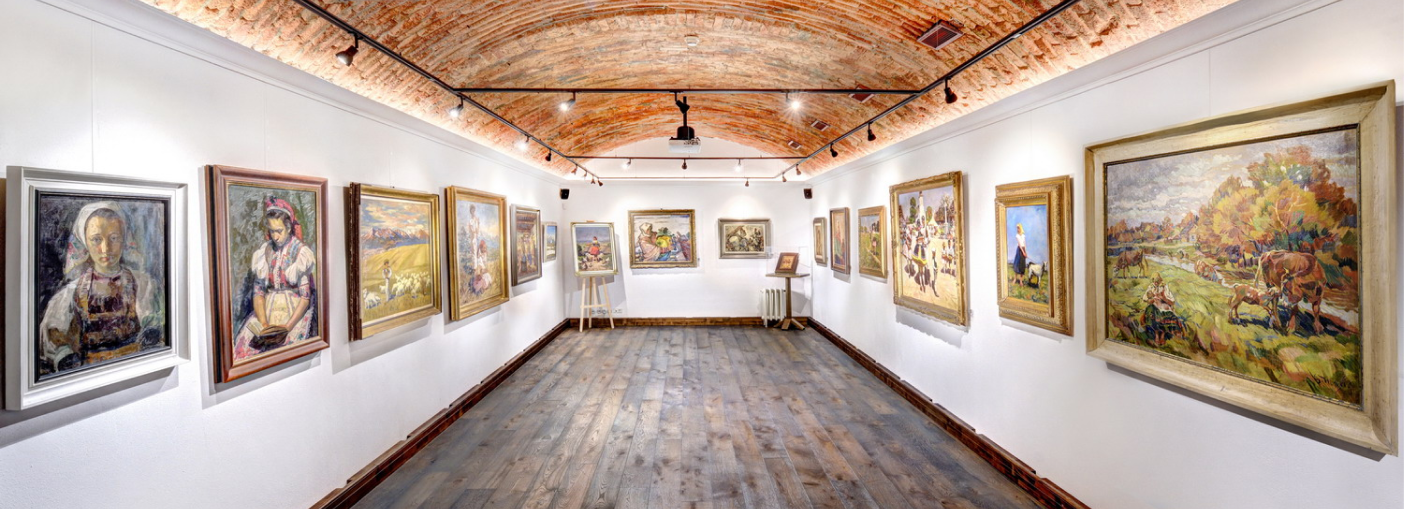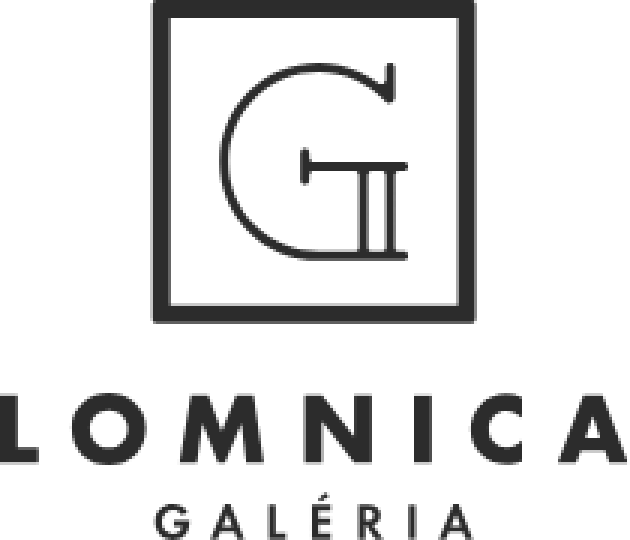
Ferdinand Hložník was born on 18th November, 1921 in Svederník near Žilina, and died on 27th February, 2006 in Bratislava. In 1942 – 1946, he studied at the Department of Drawing and Painting of SVŠT in Bratislava (professors Schurmann and Mudroch). From 1945, he operated in the Group of 29th August, which was the first most significant group of artists after the war, even if opinions of the members relatively diversified. In 1947 – 1948, Hložník worked as a professor at the secondary grammar school in Jur pri Bratislave and until 1952 he was a professor at a technical secondary school in Bratislava. From 1952, Hložník worked as a freelancer. He illustrated textbooks, fiction books and school aids. As a young artist at the end of 1940s, he gradually searched for his own way of artistic expression in painting. He found the source of inspiration in cubism. Later, in 1950s, he was addressed by the subject of war suffering which he experienced himself as a young man, and he more humanized his painting. At the same time, however, he often used to return to his native region, the fields and pastures around Svederník and the river Váh surroundings, but also to Orava and Kysuce. He experimented with the form, which consolidated gradually throughout the 1960s as a certain abstraction of shape. Ferdinand Hložník, however, always emphasised the structure and intuitive colourism of painting. In 1967 he was awarded The Prize of Cyprián Majerník. In 1982 he was awarded the title of Merited Artist. He had exhibitions in Sao Paulo (1965), Rome and Naples, Plzeň, Bratislava and Berlin. From the 1970s, together with his brother Vincent, they regularly visited various locations in Kysuce and Orava to draw there. Despite a slight overestimation by certain art historians of his iconography of the Slovak National Uprising, the focus of his work was mainly in unbound, intimate, small-size figurative-landscapist abstract art. In the oil and tempera paintings, as well as in a great many expressively concepted drawings he links up to the verified eccentric stylization of objects, colour-distinguished surfaces, which appear to shift the picture narration into a surrealistic level. His paintings unite the figurative and imaginative iconography, where often appear characters, fortunes, stories, memories or objects, captured by the filter of his sensitive soul. Bibliography: Kol. aut.: Malý slovník slovenských výtvarných umelcov. SFVU, Bratislava 1988; Kol. aut.: Slovník súčasného slovenského umenia. SFVU, Bratislava 1967.
